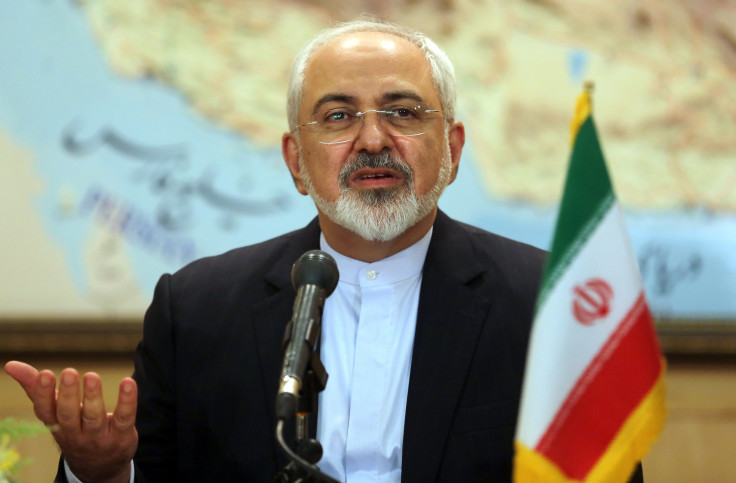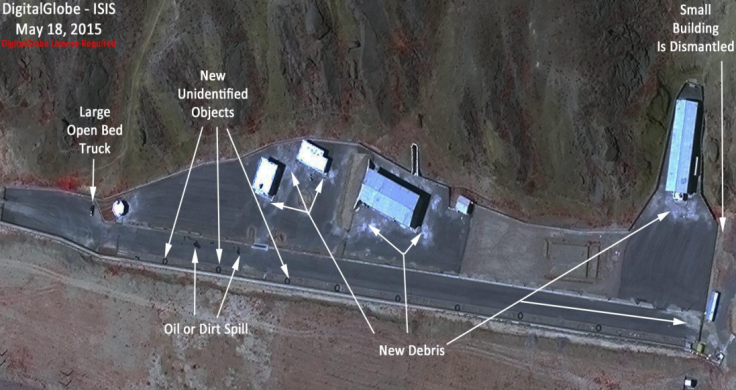Iran Accused Of 'Sanitizing' Suspected Nuclear Site At Parchin Ahead Of UN Inspection

The Iranian government on Thursday rejected reports that it is attempting to “sanitize” the controversial Parchin military complex -- located near the capital city of Tehran -- ahead of a planned United Nations inspection. Reacting to an earlier report by U.S. think tank Institute for Science and International Security, Iran’s U.N. mission termed the allegations “preposterous” and “baseless.”
The think tank's findings come as opposition grows among U.S. lawmakers to the Iran nuclear deal that will provide the Middle Eastern nation relief from crippling economic sanctions in exchange for curbs and oversight on its nuclear program. U.S. President Barack Obama's administration has vowed to do everything in its means to protect the deal that Obama has described to be the only alternative to another war in the Middle East.
“The Parchin military complex covers a very vast area, which includes different military, industrial, administrative and residential sections. It is, thus, quite normal to have construction works underway at any time,” Iran’s U.N. mission said, in a statement. “During the past week, and due to sinking in part of the road running opposite the Mamloo Dam … extensive construction works have been underway to repair the road. These works required the use of heavy bulldozers and other heavy construction machinery in the area.”

The Washington-based institute had, in a report released Wednesday, analyzed satellite images reportedly taken on July 12, 19 and 26 -- days after Iran and six major world powers finalized a nuclear deal after protracted negotiations in Vienna.
International inspectors have been denied access to the Parchin complex since 2005. Under the recently-signed nuclear deal, however, Iran has until Oct. 15 to grant access to the International Atomic Energy Agency (IAEA) and answer outstanding questions about nuclear activities carried out at the location in the past.
“Imagery from July 26, 2015 shows new signs of activity that are absent from imagery taken before the JCPOA [Joint Comprehensive Plan of Action],” the institute said, in its report. “Since the last ISIS [Institute for Science and International Security] assessment, which was in late May 2015, two new structures of unknown purpose have appeared adjacent to the two southern buildings at the site. These two structures were not present in ISIS’s previous May 2015 assessment and appeared at the site sometime between May 26 and July 12, 2015.”

The nuclear deal between Iran and the P5+1, among other things, requires Iran to reduce its current stockpile of low-enriched uranium by 98 percent and limit its enrichment capacity, in return for regaining access to approximately $150 billion worth of frozen assets and money.
“Although it is difficult to fathom Iran’s motivations for its recent actions at Parchin, this renewed activity may be a last ditch effort to try to ensure that no incriminating evidence will be found,” the institute said, in its report.
In an article published Wednesday Bloomberg reported -- citing unnamed officials who analyzed classified evidence related to the military complex -- that the U.S. intelligence community had concluded “with high confidence” that Iran was cleaning up the site before inspection.
© Copyright IBTimes 2024. All rights reserved.












